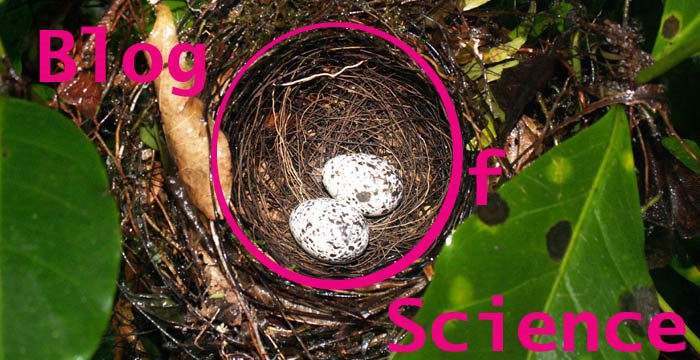Thursday, November 17, 2016
Wednesday, November 16, 2016
Monday, October 24, 2016
Sunday, October 02, 2016
Wednesday, September 21, 2016
Friday, June 12, 2015
Friday, March 27, 2015
Tuesday, March 17, 2015
Monday, March 16, 2015
Thursday, January 29, 2015
Saturday, January 24, 2015
Friday, January 23, 2015
Wednesday, January 21, 2015
Friday, November 21, 2014
Wednesday, November 19, 2014
Wednesday, October 22, 2014
Friday, October 03, 2014






